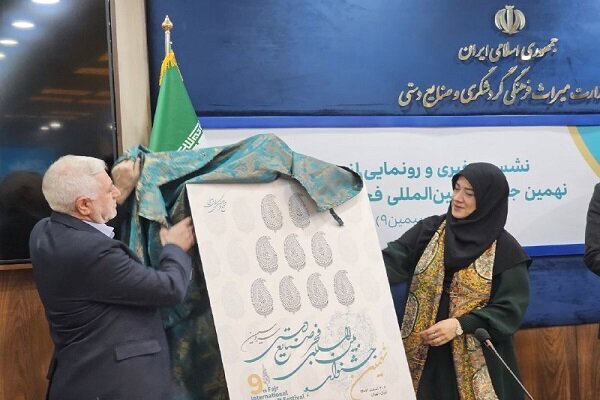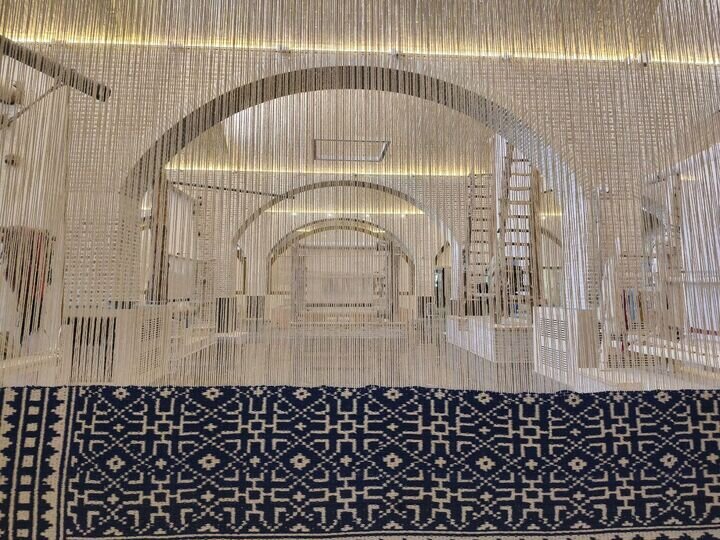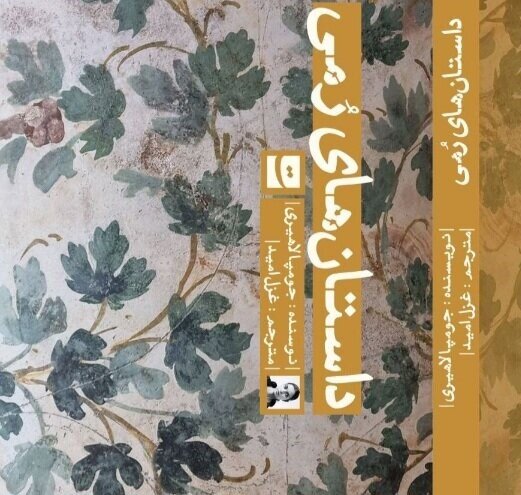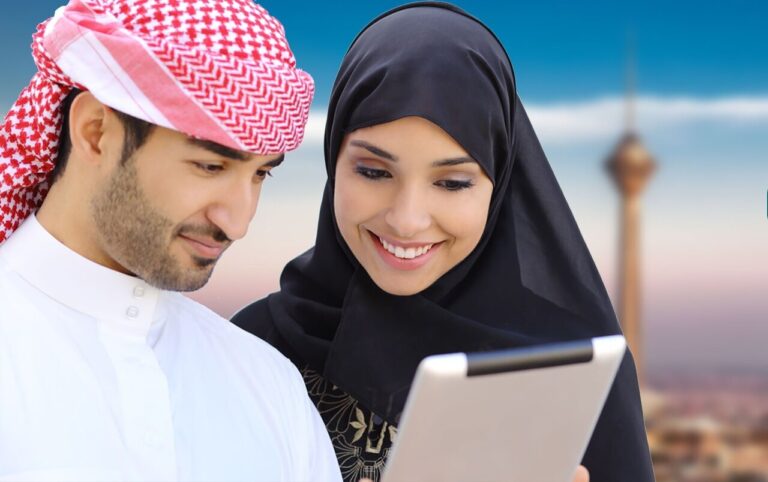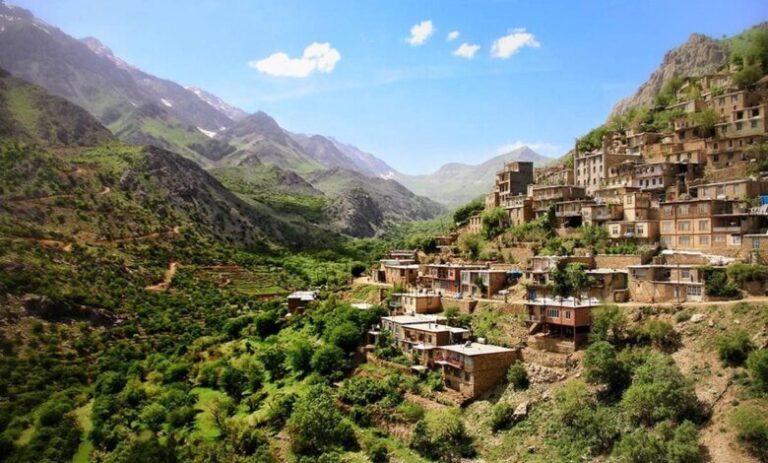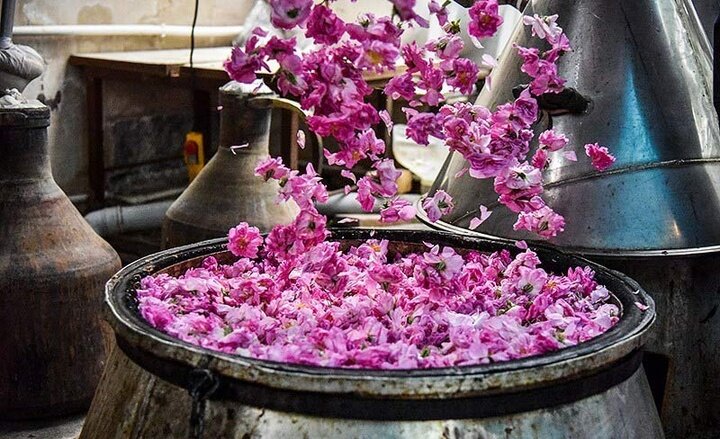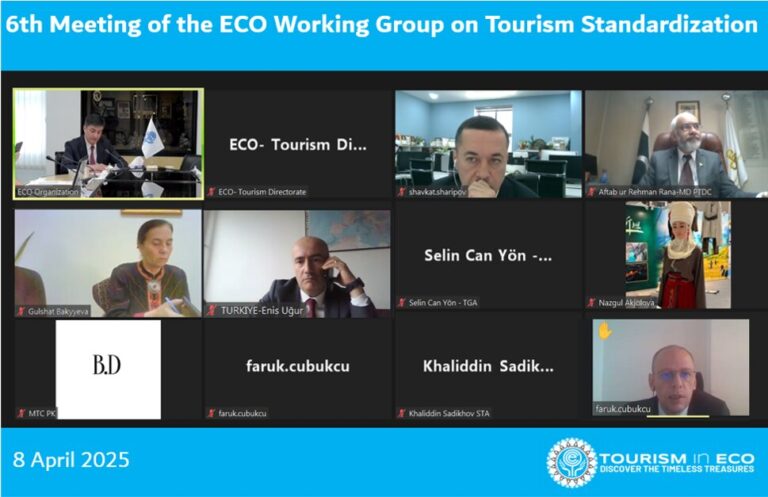Global Artisans Unite: Discover Unique Talents at the Fajr Handicrafts Festival!
The 9th Fajr Festival of Handicrafts, also known as Sarv-e Simin, is set to dazzle audiences in Tehran from February 20 to 24, showcasing a rich tapestry of artistry from around the globe. Artists from 20 countries, including England, Brazil, and Indonesia, will compete with their unique creations, making this festival a key event for both local and international artisans.
During a recent press conference at the Ministry of Cultural Heritage, Tourism, and Handicrafts, officials and experts revealed exciting details about the festival. Behzad Ahmadi Farsani, the director-general of the Office for Handicrafts Education and Promotion, announced that selected works will be displayed in three exhibition halls at the Sa’dabad Palace Complex. He also mentioned the participation of international evaluators, who will engage in scholarly discussions on the significance of handicrafts.
The festival promises a variety of enriching experiences, including:
- Expert Panels: Special discussions led by judges from Thailand and India.
- “From Word to Pattern”: A unique program featuring contributions from Kazakhstan and Tajikistan.
- Judging Criteria: A panel of four international and five Iranian judges will evaluate submissions based on artistic message, quality of materials, creativity, authenticity, and cultural identity.
Executive Secretary Amin Sanei-Mehri emphasized the festival’s objective of strengthening the handicraft industry and fostering an identity-driven economy. He stated, “This festival is not just about showcasing art but also about enhancing the economic framework for artisans.”
In addition to the main exhibition, the festival will feature:
- Diplomatic Gifts Showcase: Selected handicrafts will serve as gifts for official delegations.
- Nowruz Sales Exhibition: A special market for traditional crafts in celebration of the Iranian New Year.
Sanei-Mehri highlighted the rigorous selection process for the festival, revealing that a staggering 7,497 domestic works from 4,378 Iranian artists were submitted, along with 198 entries from international participants. The jury comprises experts from countries such as Pakistan, Indonesia, and Tajikistan, ensuring a well-rounded evaluation process.
Efforts to maintain transparency have led to all judging processes being conducted digitally, guaranteeing fair and open evaluation. “We are committed to ensuring that every entry receives a fair assessment,” Sanei-Mehri underlined. Notably, among domestic handicrafts, wooden and wicker works were the most frequently submitted, while bone, marine, and paper-based crafts saw lower participation rates. Ultimately, 200 artists—85 women and 115 men—qualified for the final exhibition.
In an innovative move to support artisans, organizers announced the first-ever auction of fine handicrafts scheduled for June, in collaboration with the private sector. This initiative aims to provide further opportunities for artists to showcase their work and reach potential buyers.
Maryam Jalali-Dehkordi, the deputy minister for handicrafts, spoke about various initiatives designed to support artisans. These include:
- Enhancing Industry Associations: Strengthening the network supporting handicraft professionals.
- Improving Insurance Coverage: Offering better protection for artisans in their endeavors.
Jalali-Dehkordi also mentioned that selected items from the festival would be promoted as diplomatic gifts and made available for purchase through private-sector collaborations, further promoting domestic handicraft markets.
According to the organizers, the 9th International Fajr Festival of Handicrafts is poised to be a landmark cultural event, fostering international exchange and celebrating Iran’s rich artistic heritage. The festival aims to highlight traditional skills that have been passed down through generations, inspiring future artisans to embrace these time-honored practices.
The Ministry of Cultural Heritage, Tourism, and Handicrafts reports that Iran’s annual handicraft exports currently stand at approximately $250 million, with an additional $250 million in informal “suitcase” exports. However, with the global market for handicrafts valued at $770 billion, there exists a significant opportunity for growth in this sector.
Furthermore, 13 cities and three villages in Iran have been recognized by the World Council of Handicrafts as “world cities of handicrafts,” underscoring Iran’s commitment to promoting its unique cultural heritage.
